AO Edited
Peacock Clock
A 250-year-old timepiece-automaton adorned with golden mechanical birds, which still sing to this day.
The Peacock Clock at the State Hermitage Museum in Russia appears like a gilded garden, but on certain days the 18th-century timepiece-automaton still springs into mechanical life.
The elegant clock dates to 1777 when it was commissioned from noted automaton builder Englishman James Cox. It arrived in Russia in 1797 and was for a time owned by Prince Grigory Potemkin, the secret husband of Catherine the Great. Since the 18th century, it has been delighting visitors with its spectacle of three singing birds—an owl, a peacock, and a rooster—and is now the only large example of 18th-century robotics to have survived unaltered into the 21st century.
The clock begins its show with some eerie chime music to which the owl turns its head. Then the peacock gracefully turns its neck and lifts its tail slowly before quickly turning around to display its fan of golden feathers. The spectacle concludes with the crowing of a rooster below. The cycle is meant to represent the end of night and the rise of the sun, suggesting the continuity of life. The actual dial of the clock is hidden in a mushroom, and a squirrel, fox, and other creatures can be spied among the metal foliage.
Know Before You Go
The Peacock Clock is located in the Pavilion Hall of the State Hermitage Museum. It is turned on once a week, on Wednesdays.




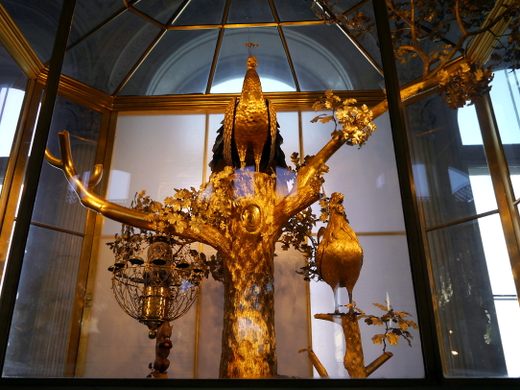
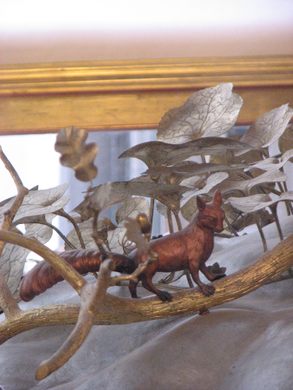
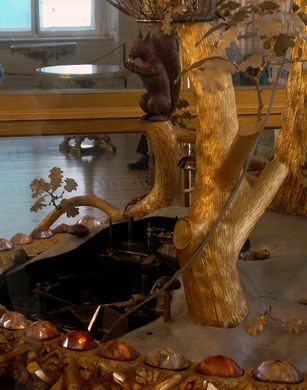

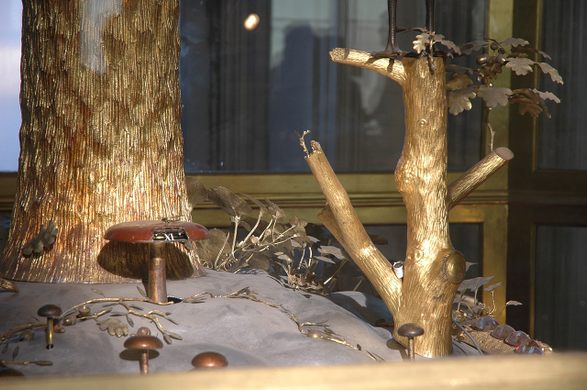
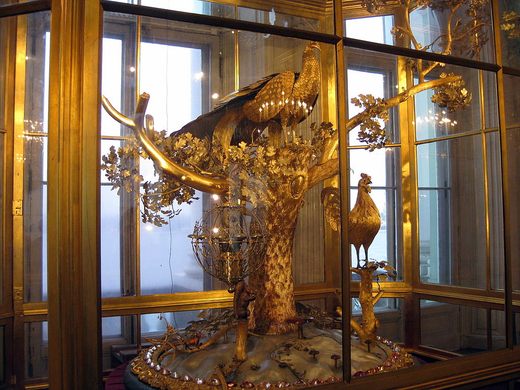













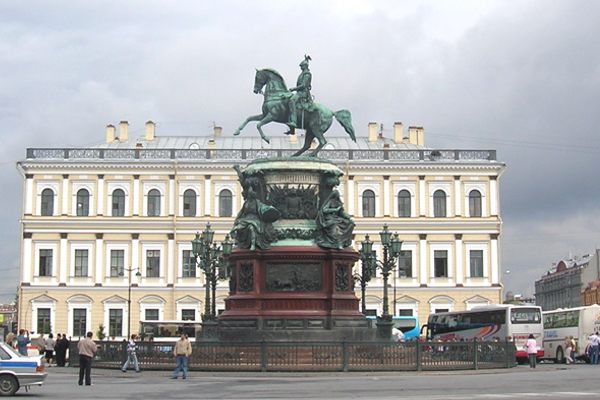
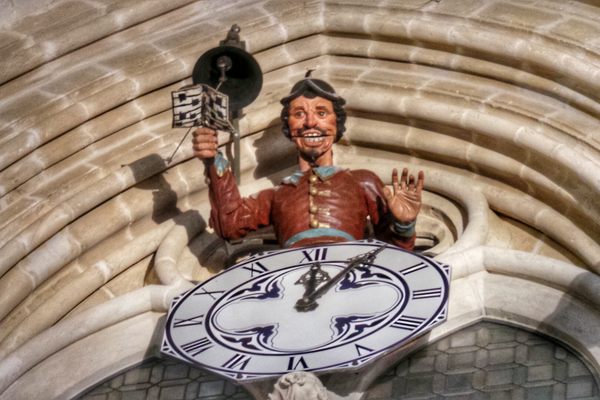





Follow us on Twitter to get the latest on the world's hidden wonders.
Like us on Facebook to get the latest on the world's hidden wonders.
Follow us on Twitter Like us on Facebook